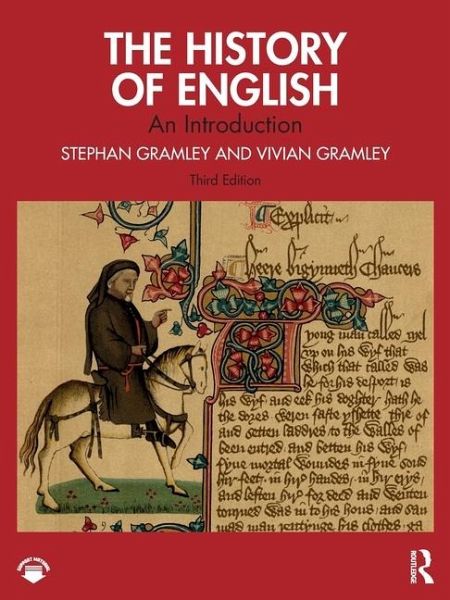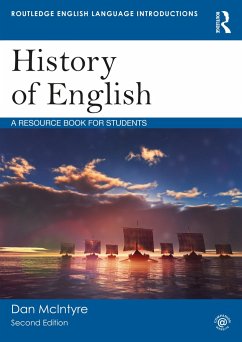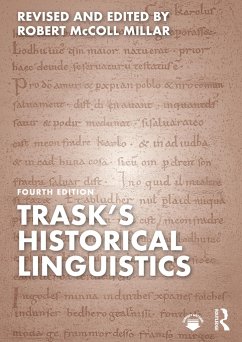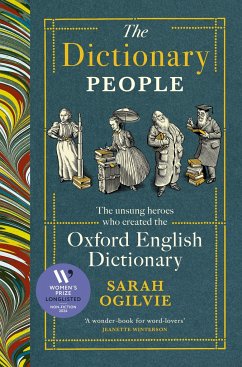
The History of English
An Introduction
Versandkostenfrei!
Sofort lieferbar
37,99 €
inkl. MwSt.

PAYBACK Punkte
19 °P sammeln!
The History of English provides a chronological analysis of the linguistic, social, and cultural development of the English language from before its establishment in Britain around the year 450 to the present. Each chapter represents a new stage in the evolution of the language.














